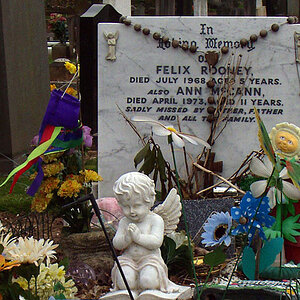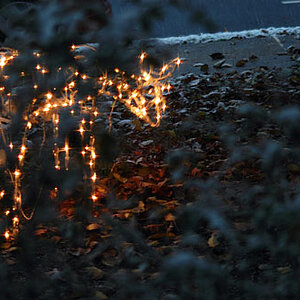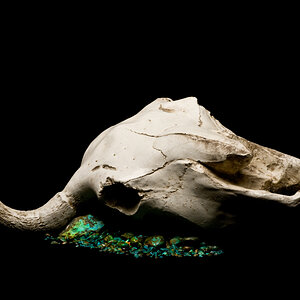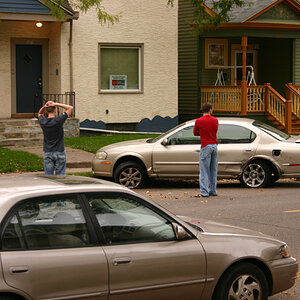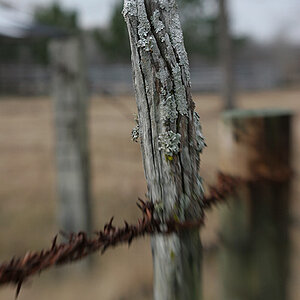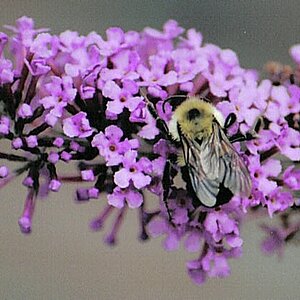Ysarex
Been spending a lot of time on here!
- Joined
- Nov 27, 2011
- Messages
- 7,134
- Reaction score
- 3,680
- Location
- St. Louis
- Can others edit my Photos
- Photos OK to edit
Yes okay there are like 30 pixels of clipping when you mask it like that. I really disagree that that amount of clipping you show in the clipping mask you made above is anything very significant to worry about. I am sitting there myself straining to look at that exact part of the image, knowing full well what I'm supposed to be seeing that's so "butt ugly" and am unable to even MAKE myself see it as bad looking at all. It's a white cloud, 0.5% of it is pure white, and the areas around that part gradient smoothly into that pure white, not abruptly . So what?
The camera seems to have done a pretty darn good job in general in choosing a sampling range from the RAW in order to meet your request of very low contrast
However:
The lighting contrast can get much higher and from this point on your camera can only fail worse.
This is a fair point. Based on the fact that it had any clipping here, I imagine that if you used 0,-4,0,0 settings on that first photo you took of the backlit tree, it would indeed have failed pretty badly even at those maxed out negative 4 settings.
I'll try to test it later when I get home with my camera, with a bright lamp in front of a black window shade or something, but I suspect that you're right, and it'ss going to be fairly bad.
That's a lot more than 30 pixels in the full res version of the photo. Bottom line: Camera software can't do it. We've known this for a long time. You can repair a JPEG with decent success if it's taken under less extreme lighting conditions but really why? Having a uniform workflow is helpful. Many of us find not having to deal with anything except evaluating the lighting and nailing the exposure is in fact a real advantage. And I would much rather process a raw file than try to repair a JPEG. I find it easier and I get it done faster. I like faster.
It was obviously a mistake to give you a photo where the camera only failed slightly. Yesterday when I went to take that photo I had to also take out the trash. So I started out in the back alley and the first thing I did was photograph my neighbor's backlit roses in the backyard. The camera software failed miserably, but I went ahead around front to get you that shot of the house where the camera fail was less obvious. My mistake. Here's the roses:
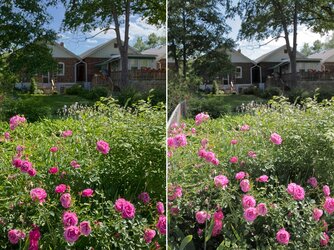
I'm not spending a lot of time with this so I just popped the raw file through Photo Ninja made sure the highlights weren't clipped (cause they're not in the raw file) did a slight rotate and crop and got the contrast about right. The camera JPEG is on the right. Compare the sky and the clouds in the sky. There is no clipping in the raw file and the exposure is excellent. The camera software failure is massive. You want to verify the JPEG (or process it) here it is: roses.
If so, then yes, that would lead me to the conclusion that shooting RAW is helpful in normal circumstances practically. However, this doesn't seem like it SHOULD be the case theoretically. Rather, it is a failing of Canon's camera settings that you can't make them strong enough to meet your desires. I.e., it only lets you have some small proportion of the influence that you should have over the RAW->Jpeg sampling pattern, for no apparently good reason.
It's not just Canon. I can assure it's all of them. Their position is reasonable. The point of a JPEG is that it's finished. If you're using the camera to deliver a finished JPEG then there have to be appropriate limits to how far the software adjustment controls can be pushed before you end up with something that doesn't look at all finished. For those who require the control, insist on being able to shoot difficult conditions and intend to edit their photos the camera manufacturers have provided the appropriate access.
Joe


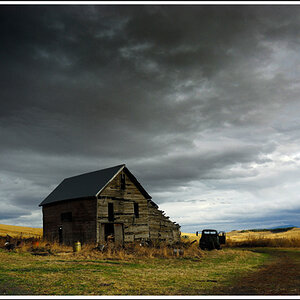
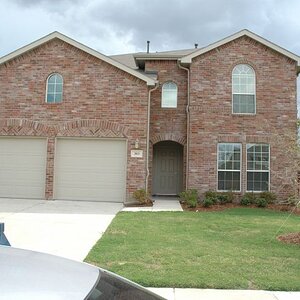
![[No title]](/data/xfmg/thumbnail/34/34065-43f99c081a04bd087c00711d2fe010ee.jpg?1619736261)
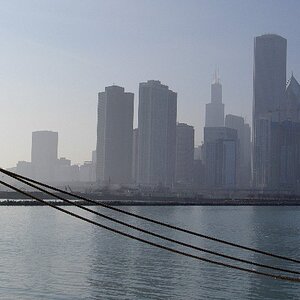
![[No title]](/data/xfmg/thumbnail/36/36668-ac1cd3882e96edd642d568c48ed3e7a5.jpg?1619737676)
